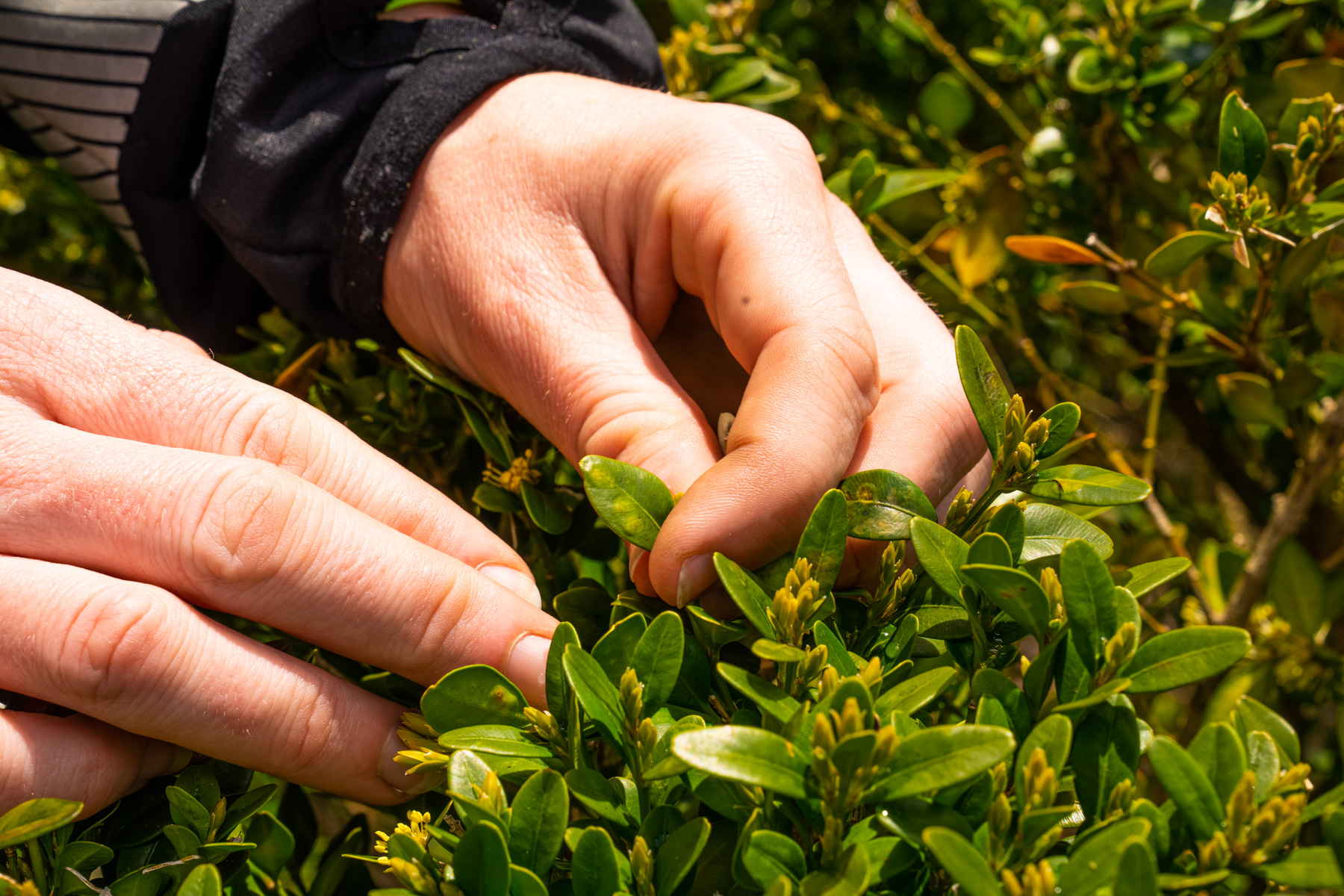
Your DIY Tree Inspection Checklist: What to Look for and Why
We’ve said it many times before. We believe that trees are treasures. We also believe that we should do everything we can to preserve their health and beauty.
While we know that there are times when a tree has to be removed, we’re more focused on doing what we can to prevent problems from becoming serious (and ultimately avoiding removal whenever possible).
For that reason, identifying tree problems early is key.
If you’re like most homeowners, you probably don’t know too much about assessing tree health. You don’t have a background in arboriculture and you probably don’t know what you should be looking for in terms of potential tree problems.
We commend you for wanting to be able to keep an eye on your property’s trees. That’s why we’re giving you some advice on a simple DIY tree health assessment. While this is by no means meant to replace a professional inspection, we do want to provide some tips on things to watch for and what they could mean.
How to Inspect Trees
Again, we want to be clear that we don’t expect you to be performing a professional tree inspection. But we do want to give you some things to watch for that could indicate signs of serious trouble.
It’s also important to recognize that many symptoms overlap or mimic one another so making an actual diagnosis should be left up to a professional.
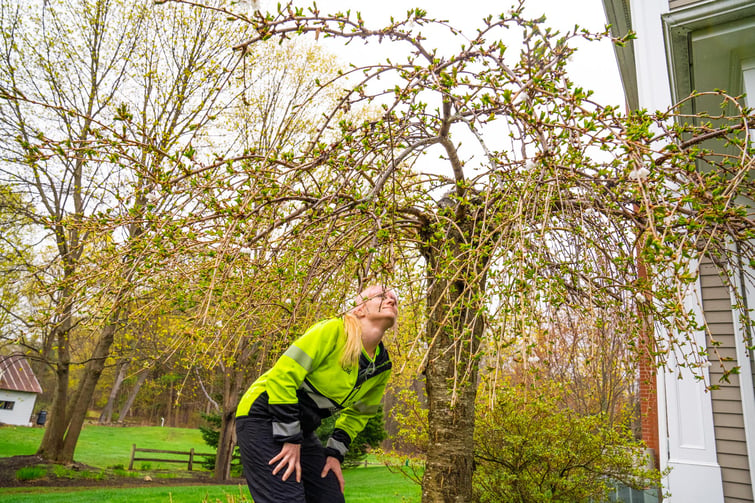
For instance, signs of a pest problem can also look like signs of a disease. You should be more focused on identifying that there’s a problem as opposed to trying to figure out exactly what it is.
Here’s what you can watch for.
Identifying Tree Problems
Spotting signs of trouble early on could potentially make a difference in saving it. Here are some potential signs of tree trouble.
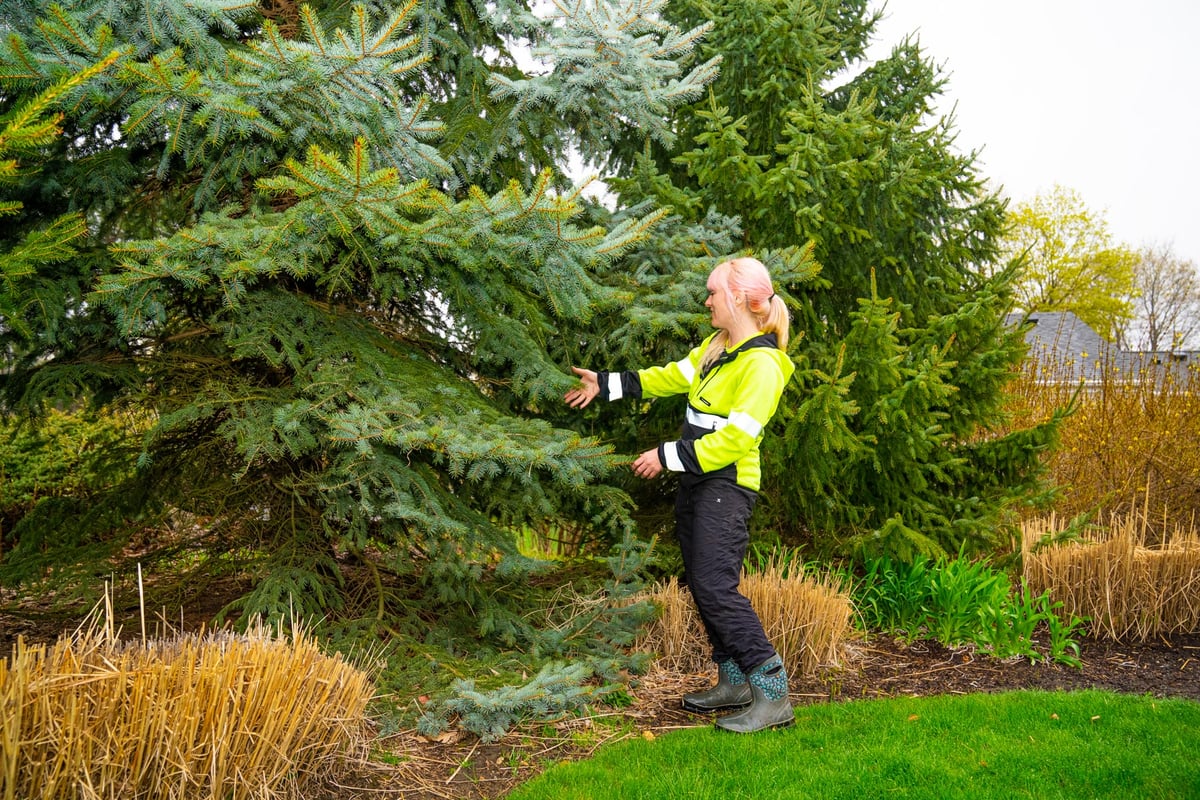
Your Tree has Leaf Spots
Spots on leaves are often a sign of tree disease. Most of the time leaf spots are caused by a fungus. You might find spots that are black, orange, yellow, or other colors.
Sometimes spot-like appearances on leaves can be caused by a pest like lace bugs or spider mites. Both of these pests also do damage to trees that can cause spot-like damage to leaves.
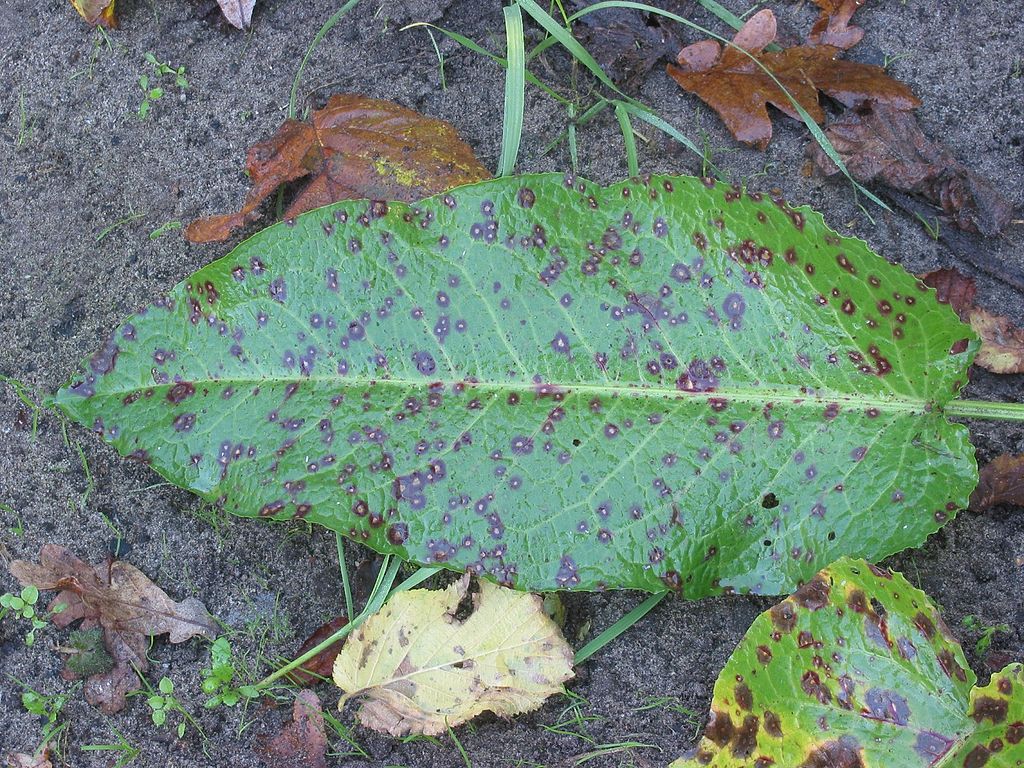
These pests use their piercing mouthparts to suck the contents out of plant cells. At first, this damage might look like spots.
You Notice Yellowing Leaves or Premature Leaf Drop
As you are assessing tree health another big sign of trouble is when leaves start to turn colors (outside of the expected fall seasonal change) or start prematurely dropping.
Sometimes leaves turning yellow can be a matter of moisture stress. Tree or shrub leaves start to yellow when they’re experiencing drought-like conditions.
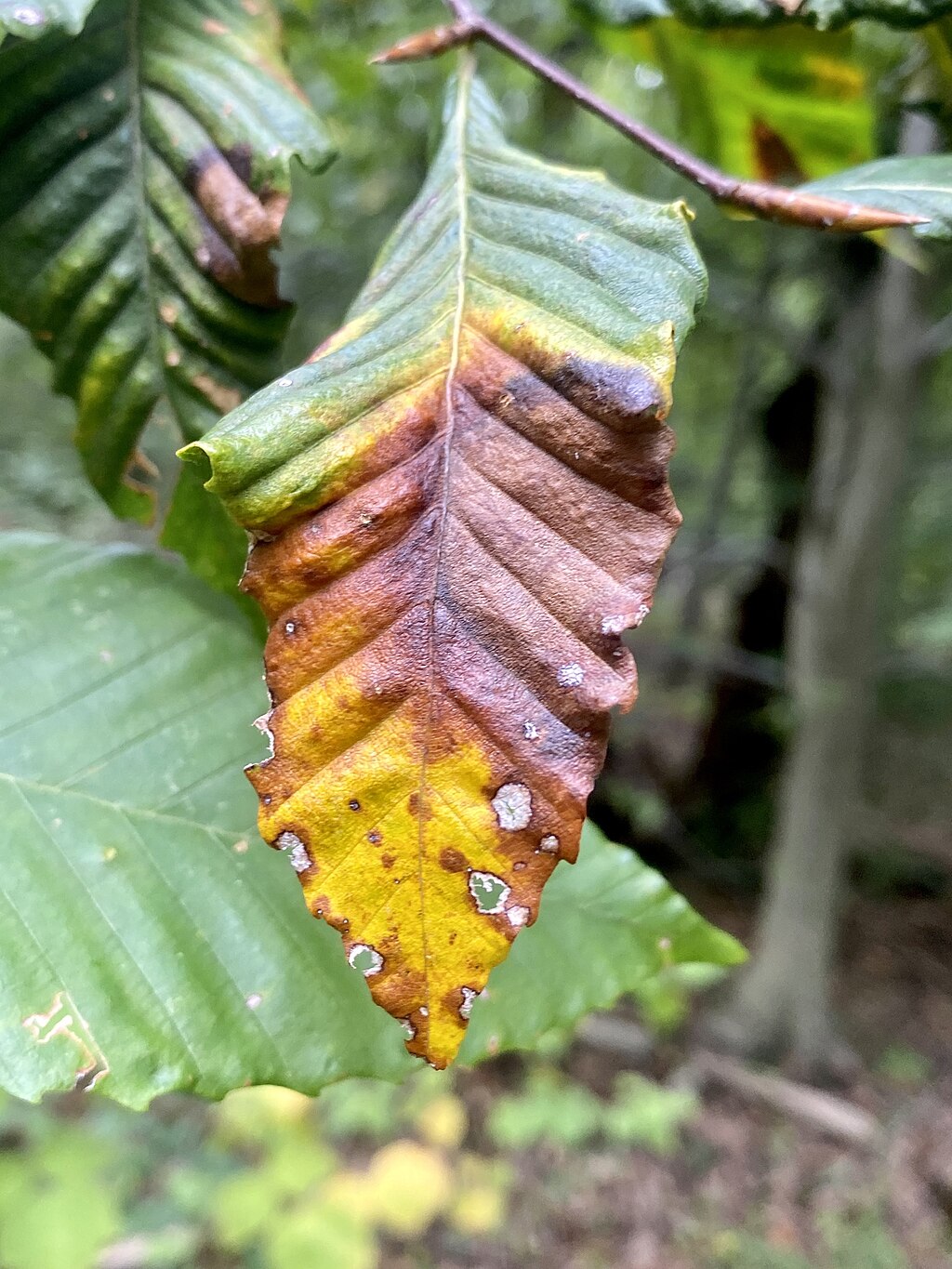
But tree diseases can also cause this type of symptom.
Beech Tree Leaf Disease, for instance, causes not only yellowing and then dark-banding of tree leaves but also leads to curling and distortion of the foliage and ultimately premature leaf drop.
If you notice these types of symptoms with your tree, a tree care professional can make a proper diagnosis and implement the best solution.
You’ve Spotted a Sticky Substance on the Branches
Another sign of trouble is seeing sticky stuff on the tree branches. Sometimes it just looks like your tree or shrub branches are shiny or even wet. This substance is called “honeydew” and it’s excreted by pests like scale and aphids. Honeydew is produced by pests after they feast on plant sugars.
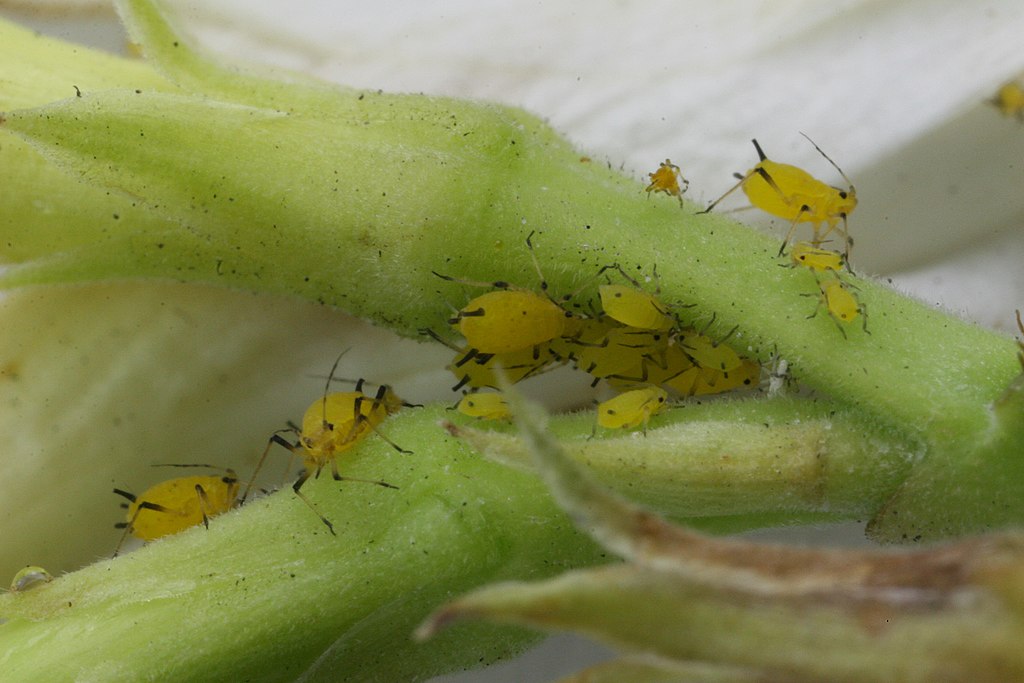
Honeydew can also lead to black mold. Sometimes homeowners notice the black mold before ever spotting the sticky stuff. Both are signs of a pest problem.
You might also notice an increase in activity by bees, ants, or wasps around your tree. That’s because these insects are attracted to the honeydew.
If you’ve noticed any of this, it’s worth calling a professional.
The Tree Leaves Look Chewed
Sometimes pests cause damage to your tree leaves by outright eating them. While pests like spider mites suck the plant juices from your trees, other pests like beetles and caterpillars feast on the entire leaves themselves.
If you notice that your foliage is being skeletonized or there are big holes in the leaves, you might have a pest problem. Of course, many of these pests are large enough to spot yourself, so you’ve probably also seen the pests.
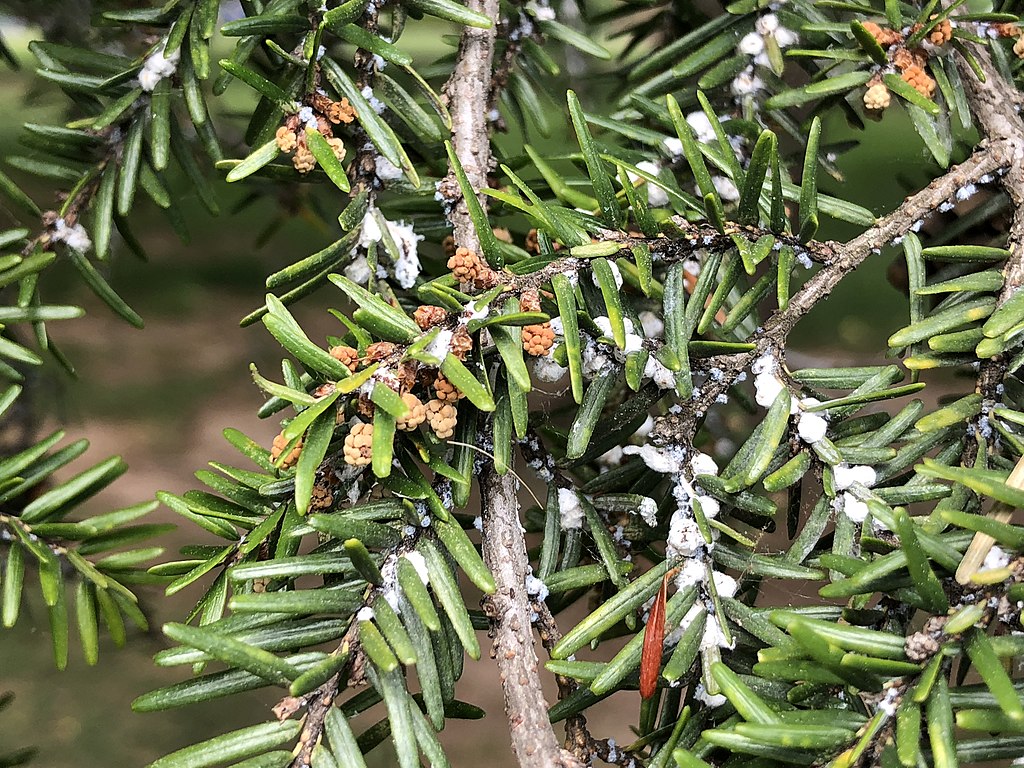
Another pest that we deal with a lot here in New England is the Hemlock Woolly Adelgid (HWA), which can lead to the destruction of Hemlock Trees. These pests are another that uses its piercing mouthparts to suck nutrients out of the leaf tissue.
But often this pest is first identified by the white cottony ovisacs that are found on twigs and at the base of Hemlock needles. If you have a Hemlock tree, this is something to be aware of.
Choosing Professional Tree Inspection Services in Southern NH, ME, and MA
At the end of the day, a DIY tree health assessment is only going to go so far. While some of the problems we’ve detailed above can be spotted by a homeowner, there are often subtle signs of a problem that go unnoticed by the untrained eye.
Plus, it’s not only until a problem is more serious that it tends to be overtly noticeable to the homeowner. Ideally, you don’t want it to get that far.
That’s why we recommend partnering with a pro.
While we’ve focused on disease and pest problems in this article, there are also structural defects, storm damage, and other potential concerns that can be identified when a professional is assessing tree health.
At Seacoast Tree Care in Southern NH, ME, and MA, we work with a team of highly skilled Certified Arborists who can not only perform thorough inspections (to identify problems) but will also help guide you toward the best decisions toward hopefully saving your trees from some of these problems.
When you partner with a tree care professional, you are more likely to preserve your tree and continue enjoying it for years to come.
Ready for healthier trees at your Southern NH, ME, or MA home? Request your consultation and have your New England trees evaluated. By making a wise choice, you’ll know your trees are in good hands.
Image Source: hemlock, leaf spot, beech leaf disease, aphids


